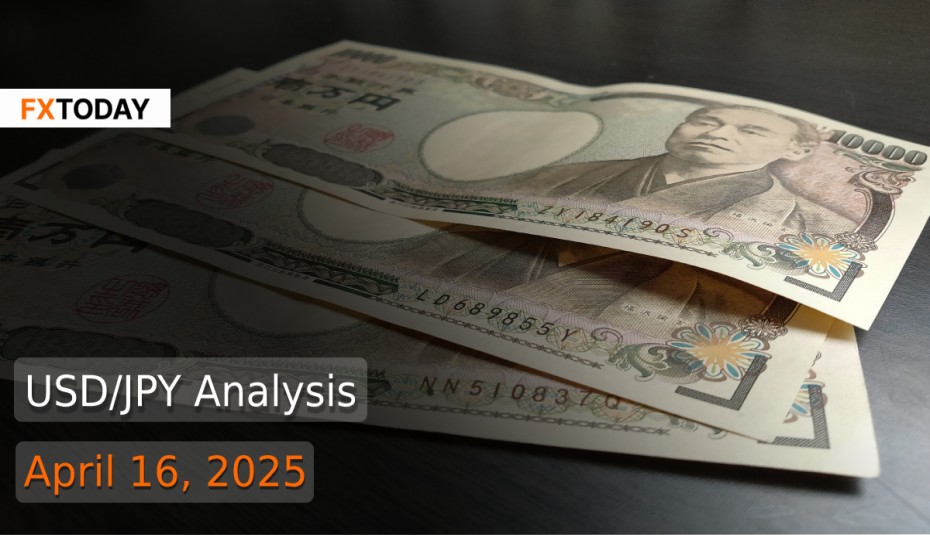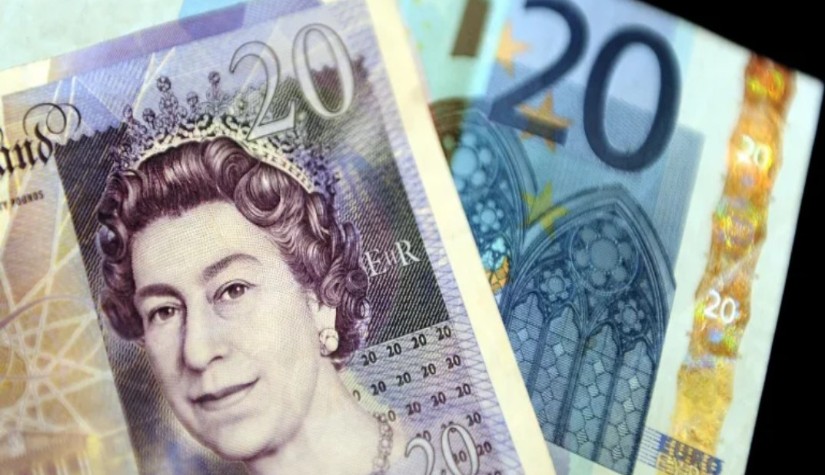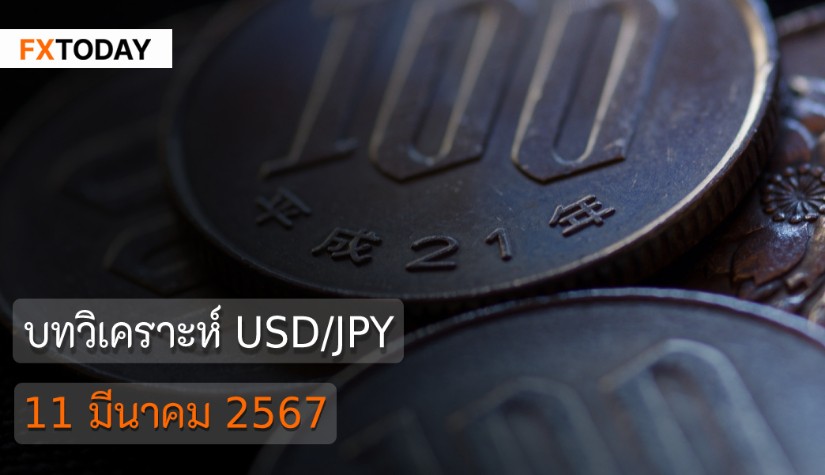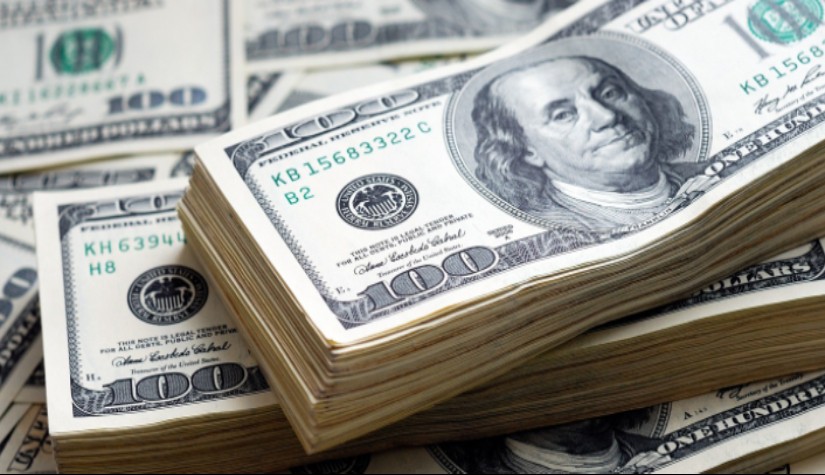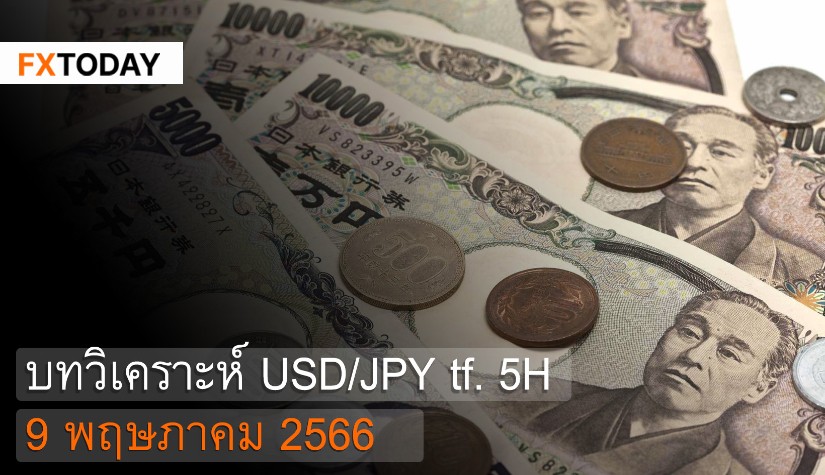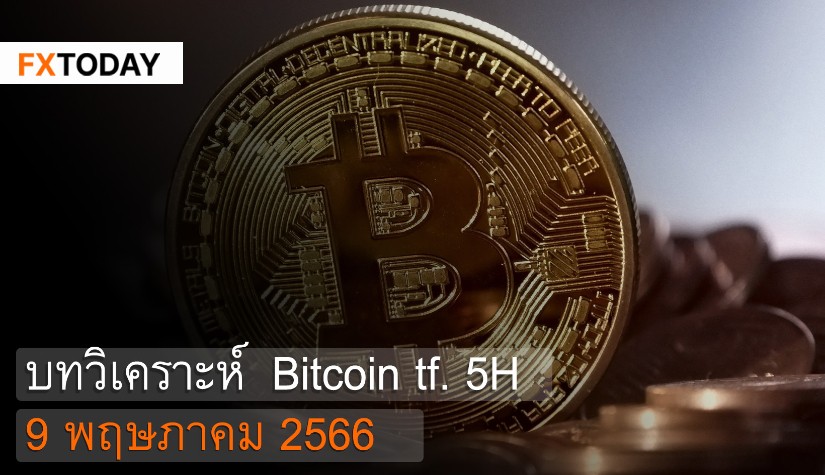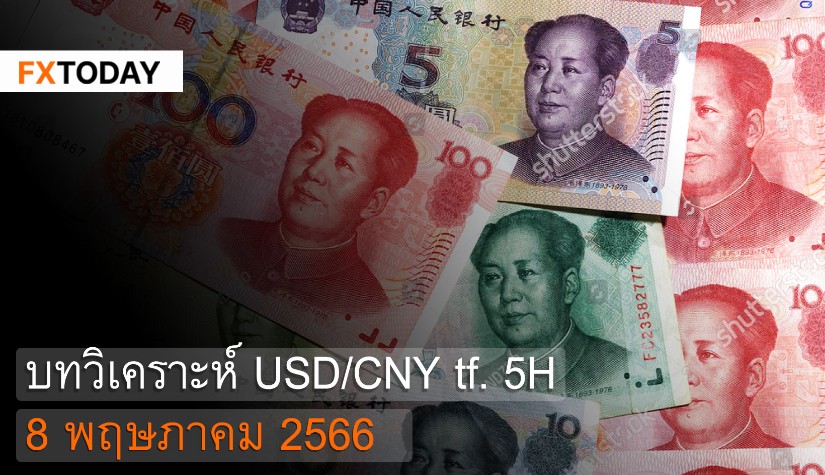Japan’s Inflation Outlook Surges, But BOJ Stays Cautious Amid Global Uncertainty
In Japan, inflation expectations among households have risen significantly, with most anticipating continued price increases over both the one-year and five-year horizons. This growing belief, bolstered by recent wage hikes and corporate pricing behavior, aligns with the Bank of Japan’s (BOJ) view that the economy is on track to achieve sustained inflation above its 2% target.
Consumer inflation remains well above the BOJ’s goal, driven by higher food, fuel, and wholesale prices. Core inflation indicators signal persistent upward pressure, and while this supports the case for monetary tightening, it is also straining household budgets. Consumer behavior is shifting toward essential goods at the expense of discretionary spending like dining and leisure, weighing on overall sentiment in the consumer and services sectors.
Despite domestic inflationary pressures, the BOJ is expected to postpone further rate hikes at its April 30–May 1 policy meeting, citing global uncertainty—especially the escalating U.S.-China trade war and heightened recession risks. BOJ Governor Kazuo Ueda has reaffirmed the central bank’s commitment to a cautious, data-driven approach to rate hikes, particularly if U.S. trade policies begin to significantly impact Japan’s economy.
These external shocks are already affecting Japan’s export-reliant sectors, such as automotive and machinery manufacturing, which are now operating under heightened uncertainty. While gradual rate hikes remain on the table due to strong inflation expectations, the BOJ faces a delicate balancing act—managing domestic inflation while navigating global trade headwinds and financial market volatility.
Recent indicators, including Japan’s machinery orders and core inflation data, suggest ongoing capital investment and cost pressures. However, the rise in bankruptcies—particularly among small and mid-sized businesses—and Citi’s downgrade of Japan’s GDP growth forecast for 2025 and 2026 reflect deepening economic fragility. Citi now expects the BOJ to hold off on additional rate hikes until March 2026.
In light of rising tariffs, Japanese officials are intensifying diplomatic efforts. Economy Minister Ryosei Akazawa is preparing to negotiate with U.S. counterparts for a full repeal of the tariffs, which are weighing heavily on Japan’s key exports, particularly automobiles. As the U.S. remains Japan’s largest export market, any prolonged disruption could severely derail Japan’s fragile post-pandemic recovery.
While BOJ officials have downplayed the threat of systemic financial instability, they acknowledge that Trump’s shifting trade stance complicates the timing of policy normalization. With a strong yen and rising global uncertainty, Japanese policymakers are attempting to chart a cautious path—seeking to exit ultra-loose policy without jeopardizing the recovery.
The U.S. dollar stabilized modestly on Wednesday, pausing after weeks of sharp declines as markets awaited progress in U.S. trade negotiations. A rebound in the U.S. Treasury market, previously under heavy selling pressure, also pointed to the potential re-establishment of a tight link between yields and the dollar.
Meanwhile, new data revealed that U.S. import prices unexpectedly declined by 0.1% in March—the first drop since September—mainly due to falling energy costs. Annual import price growth slowed to 0.9%, supporting expectations of only a 0.1% rise in March's core PCE inflation, potentially easing the year-on-year rate to 2.6% from 2.8%.
Although inflation currently appears muted in the U.S., economists remain concerned about the long-term impact of President Trump’s aggressive tariff policies and the broader "America First" agenda. These measures are seen as drivers of future stagflation—where high inflation coexists with weak growth. These concerns were echoed in the Federal Reserve’s March meeting minutes and further supported by a New York Fed survey showing a sharp drop in business sentiment and worsening supply chain conditions. Rising costs and uncertainty are expected to feed into core goods inflation, complicating future monetary policy decisions.
As a result, the USD/JPY pair is likely to remain under moderate upside pressure in the near term, driven by diverging monetary policy paths between the Federal Reserve and the Bank of Japan. While the U.S. inflation outlook has softened slightly, long-term concerns over trade tensions and potential stagflation are keeping yields supported, stabilizing the dollar. Meanwhile, the Japan’s dovish stance, alongside continued capital outflows and widening interest rate differentials, may push USD/JPY back toward the 144–145 zone over the coming weeks.
Data for Technical Analysis (1H) CFD USD/JPY
Resistance : 142.95, 143.01, 143.12
Support : 142.73, 142.67, 142.56
1H Outlook
Source: TradingView
Buy/Long 1 If the support at the price range 142.53 – 142.73 is touched, but the support at 142.73 cannot be broken, the TP may be set around 142.97 and the SL around 142.43, or up to the risk appetite.
Buy/Long 2 If the resistance can be broken at the price range of 142.95 – 143.15, TP may be set around 143.34 and SL around 142.53, or up to the risk appetite.
Sell/Short 1 If the resistance at the price range 142.95 – 143.15 is touched, but the resistance at 142.95 cannot be broken, the TP may be set around 142.69 and the SL around 143.25, or up to the risk appetite.
Sell/Short 2 If the support can be broken at the price range of 142.53 – 142.73, TP may be set around 142.41 and SL around 143.05, or up to the risk appetite.
Pivot Points Apr 16, 2025 02:48AM GMT
|
Name
|
S3
|
S2
|
S1
|
Pivot Points
|
R1
|
R2
|
R3
|
|---|---|---|---|---|---|---|---|
| Classic | 142.41 | 142.56 | 142.69 | 142.84 | 142.97 | 143.12 | 143.25 |
| Fibonacci | 142.56 | 142.67 | 142.73 | 142.84 | 142.95 | 143.01 | 143.12 |
| Camarilla | 142.73 | 142.76 | 142.78 | 142.84 | 142.84 | 142.86 | 142.89 |
| Woodie's | 142.39 | 142.55 | 142.67 | 142.83 | 142.95 | 143.11 | 143.23 |
| DeMark's | - | - | 142.62 | 142.81 | 142.9 | - | - |
Sources: Investing 1, Investing 2

